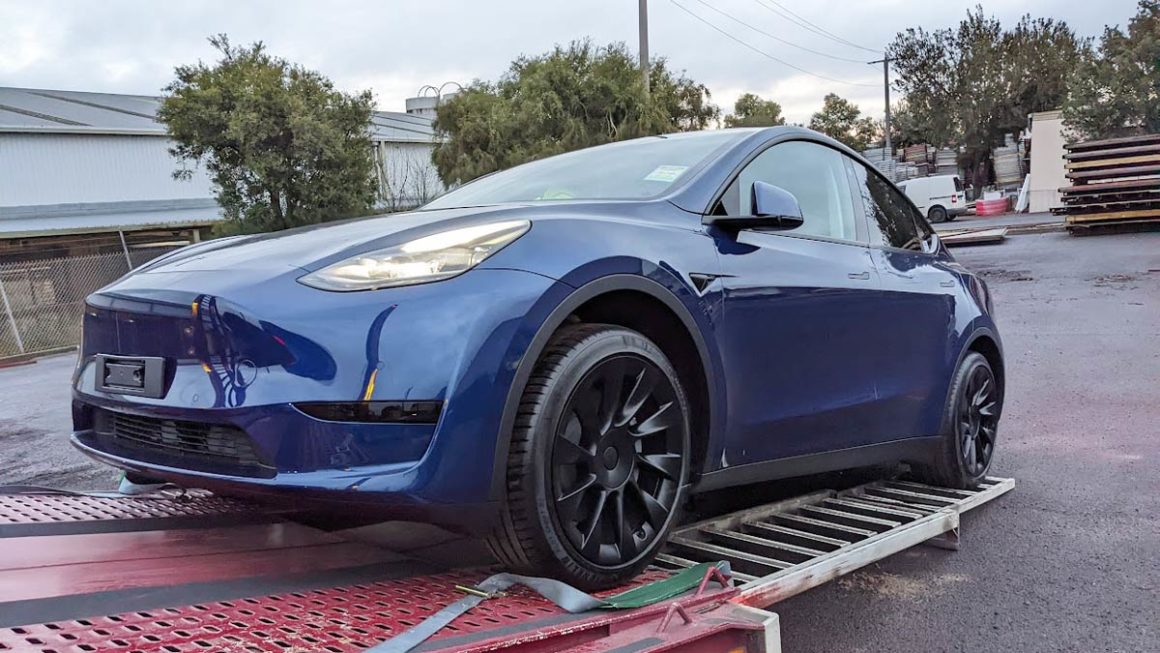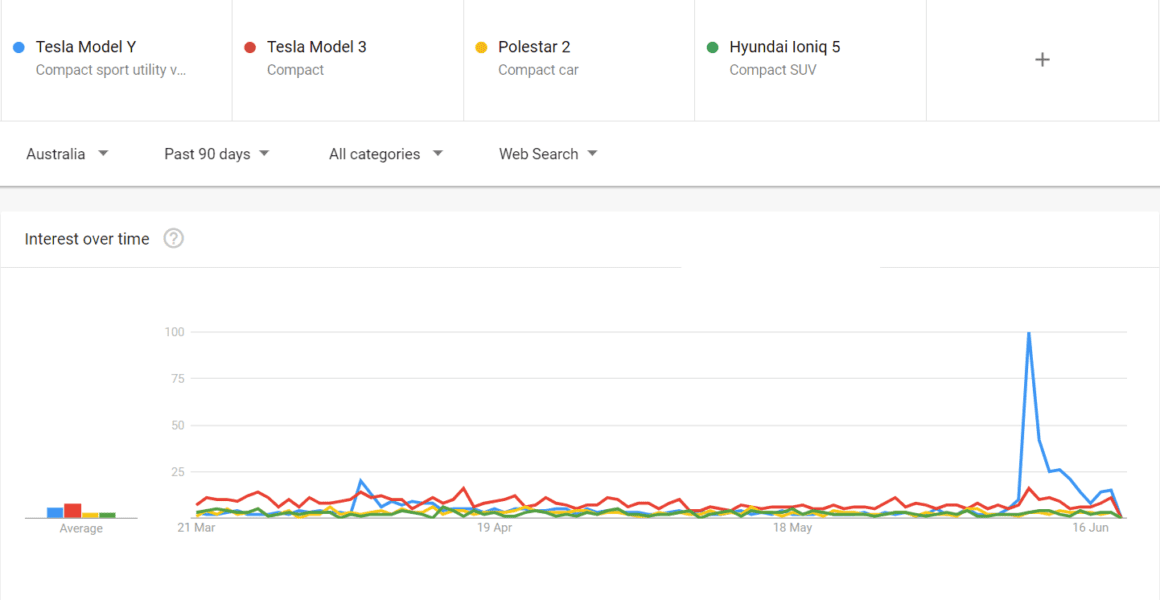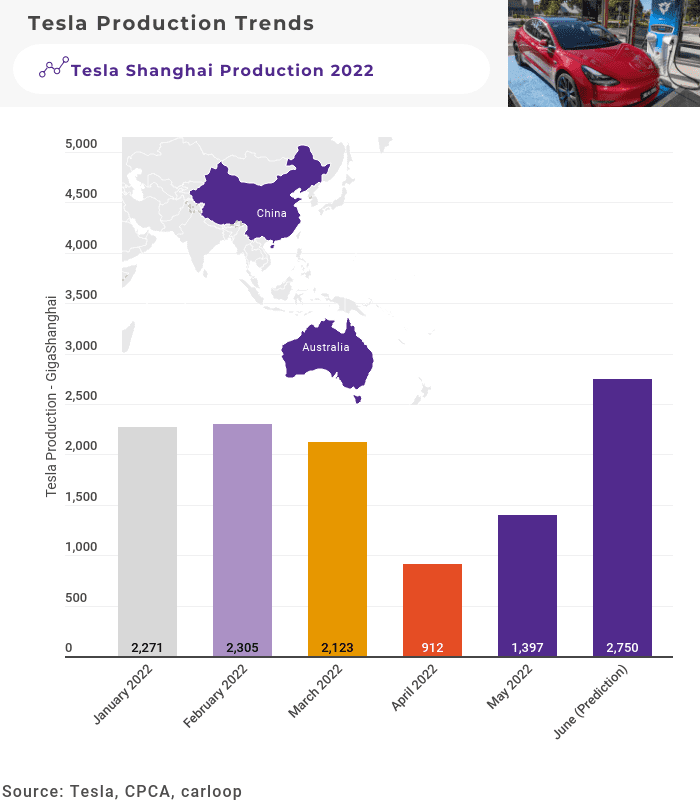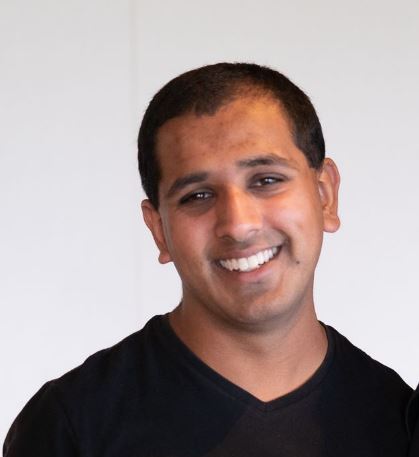The first quarter of 2022 saw the largest amount of deliveries of EVs to Australian customers. This painted a very positive picture for EV uptake in Australia for the year.
This quarter though, it is looking like things have slowed right down in terms of sales when the demand is at an all-time high.
Today we explore what has caused this slowdown in deliveries and what we can expect in the second half of 2022.
Tesla disruptions apply brakes on EV uptake
Last year, nearly 80% of all EVs delivered to Australia were made in China. This is because the top 2 manufacturers have production facilities there, including Tesla and MG. Tesla has the largest EV market share globally, and also dominates the charts here in Australia delivering 70% of EVs sold to top local EV uptake charts.
This year in the first quarter, we saw a similar story with Tesla delivering over 4,417 cars to Australian customers. This accounted for just over 65% of all EVs sold in Australia in the same period.
In March though, things started to change and huge disruptions in Shanghai where Tesla’s global export hub, GigaShanghai, is based. The factory was forced to stop production and disruptions continued until pretty much this month.
Tesla in Shanghai had to reduce its factory staffing by 75% in March 2022. This placed uncertainty on customers’ orders. Many Australian customers that had put in an order in the last 8 months were advised in May that their cars will be delivered in the second half of 2022.
Things did change and reports surfaced of about 200 Tesla EVs that did arrive in June and customer deliveries were organised. These cars arrived on the same vehicle carrier vessel that also bought the highly anticipated Tesla Model Y demo EVs that can now be test driven at most Tesla showrooms.

The disruptions in Shanghai continued for most of this quarter. Since over 65% of all EVs in the first quarter were the Tesla Model 3 with 4,417 landing on our shores, only receiving around 200 vehicles this quarter would have a significant impact on EV uptake this quarter.
That’s bound to change in the next 3 months with reports now from Australian customers in the last 2 days that they have seen new VIN Numbers being allocated to their Tesla Model 3 & Model Y orders. This update from Tesla indicates that these EVs are expected to arrive in Australia in the third quarter.
For the Model Y production to begin so quickly after orders opened for this family SUV earlier this month. The amount of interest for this EV has been huge as noted by the spike in Australian interest on Google search trends just after the orders opened.

With the huge interest in Tesla’s EVs and production already ramping up to over 2,700 cars per day at GigaShanghai after shutdowns, the next quarter is set to make up for the slowdown we have seen in the last 3 months.
More Australians making the switch to EVs
After a sharp drop in EV deliveries on the back of major production disruptions in China, the next few months are set to change that as the demand for EVs surges. Tesla has had to increase its EV prices several times including as recently as this month to kerb some of this demand so wait times don’t blow out too much.

Other factors like the higher fuel prices and increasing cost pressures on Australian families are making people think about making the switch.
On top of this, post-covid lockdowns in the last 2 years, many EV communities are getting together to spread the word about the benefits of EVs to others in their communities.
The surge in demand will continue and is not expected to go backwards in the near future. With that in mind, we expect the second half of the year to have more EVs delivered to Australia than any previous 6 months of sales.
This is expected to be closer to 13,000 EVs for the rest of the year. That sets the stage for 2022 to be the best year for EV uptake in Australia with more people making the switch to cleaner EVs than ever before.

Riz is the founder of carloop based in Melbourne, specialising in Australian EV data, insight reports and trends. He is a mechanical engineer who spent the first 7 years of his career building transport infrastructure before starting carloop. He has a passion for cars, particularly EVs and wants to help reduce transport emissions in Australia. He currently drives a red Tesla Model 3.


